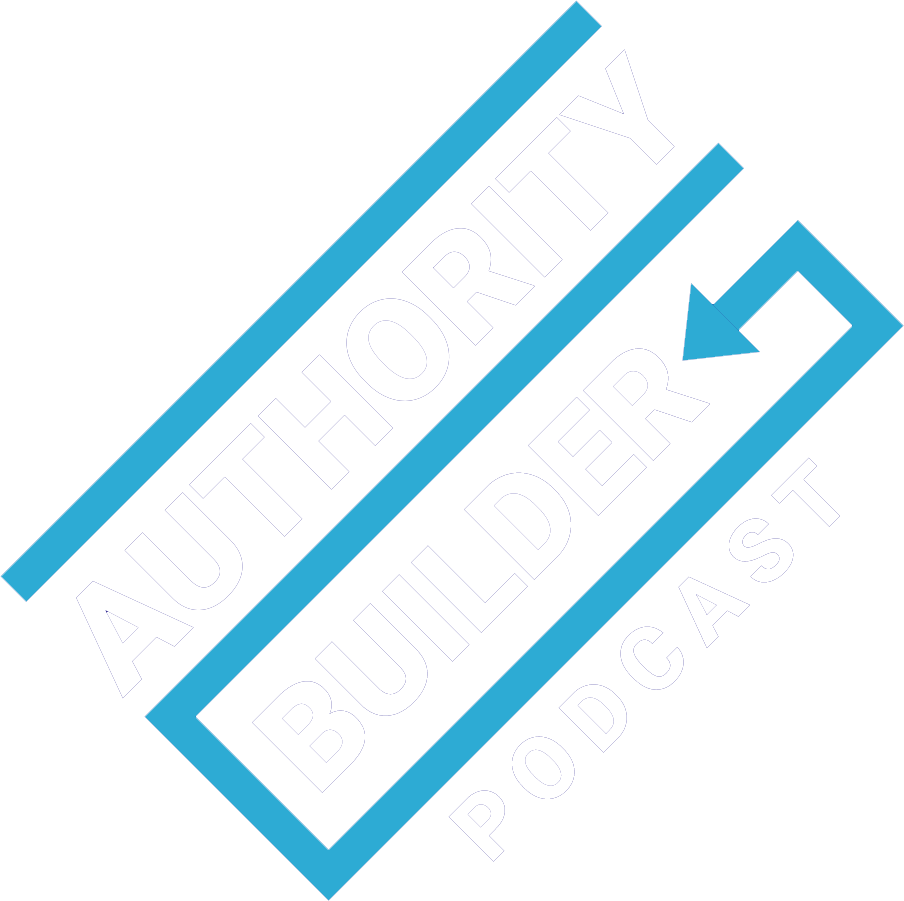Healthcare and insurance is on everybody’s mind these days, for both employees and employers.
There don’t seem to be any easy answers in this great national debate. Allison De Paoli is making a difference among her clients by making health coverage affordable and effective.
She’s making it more efficient and cutting unnecessary costs without sacrificing quality coverage that makes you a competitive company in the marketplace and employer people love to work for.
Get your health coverage sorted out, says Allison, and you can radically grow your business and thrive. She talks about strategies that have become available in recent years to make that possible, and also…
- The real reason for the stagnation of wages in the U.S.
- How healthcare is set to change again in the coming years – and who the big players will be
- Strategies to take advantage of the radically shifting health insurance market
- The legal issues employers must watch out for with pharmacy and healthcare plans
- And more
Listen now…


